The Covid Diaries 53: Petrie Museum of Egyptian Archaeology
A description of my first visit to the Petrie Museum at University College, London. In which I have a great time looking at Egyptian artefacts, and am directed to a very interesting podcast on the museum’s less palatable connections.
This One Takes Some Planning To Visit During COVID
DISCLAIMER: I visited the Petrie Museum between lockdowns, and my comments on their safety measures reflect that time period.
Today’s blog entry is very image-heavy, because the museum itself is jam-packed with objects. Not in the contemporary, object-led way that I can find fatiguing, but in an old-fashioned way. There are wood and glass cases packed with objects of different types, hand-written labels, and overall very little interpretation. Even between lockdowns the conditions were quite restrictive so visiting took a bit of planning. Like UCL’s other public museum, the Grant Museum of Zoology, the Petrie’s opening hours were 1pm-5pm on Saturdays only. Tickets were available a couple of weeks in advance, and went quickly.
Furthermore, the museum had strict measures to prevent things becoming too crowded. There was the usual queueing, checking in and sanitising, along with a one-way system. What was different here was visits also had a maximum length of an hour. Our tickets were timed for 15.05, and we had to be out by 15.55 to make way for the next group of visitors.
For me this led to a little anxiety on arrival while I tried to figure out how much there was to see and therefore the right speed at which to see it. Particularly as everyone starts around the one-way system at the same time, the person in front of you dictates the pace until people’s natural speeds separate them out a little. But in the end I landed on my optimal viewing pace, and all was well.
All About the Petrie Museum
Now for a little of the history of the museum and its collections. The Petrie Museum takes its name from Sir William Matthew Flinders Petrie (AKA Flinders Petrie). He was one of the first archaeologists to excavate sites methodically, and record the context of each find. He thus has a reputation as a ‘founder’ of modery archaeology. Petrie was not the museum’s founder, however. This honour goes to Amelia Edwards, a wealthy lady who became captivated by Egypt after a trip there in 1873. She left her collection of Egyptian artefacts to University College London (UCL) when she died in 1892. She also left an endowment for a professorship of Egyptology. The conditions were so restrictive that the only viable candidate was her favourite, Flinders Petrie.
Petrie significantly added to the collection, which at the time was used solely as a teaching resource for students (it opened to the public in 1915). Today, with over 80,000 objects, it is one of the world’s most important collections of Egyptian and Sudanese archaeology. The museum occupies a former stables building attached to a department store, its ‘temporary’ home since the 1950s. So it is very unassuming from the outside.
What Is On Display?
Inside the museum, there’s very little to explain how objects have been grouped, but it’s seemingly largely by object type. There are stone carvings, prehistoric items, pottery, even groupings of cats and dolls, etc. There are a few really stand-out items in terms of rarity; including one of the oldest woven garments from Egypt, known as the Tarkhan dress; and a piece of stone which shows the engraving process – an apprentice/worker’s marks have been corrected by a master before beginning the final design.
This latter object actually illustrates an interesting point about the Petrie Museum. With so little interpretation, a lot of the stories aren’t visible. The only reason I learned about this particular stone was overhearing conversations between the volunteers/guides. Other than that, there are typed or handwritten labels, with the odd text panel. I do love the labels as they are part of the charm, but it’s useful to know going in that you either have to pick and choose the things that interest you out of the lineup of objects, or listen out for interesting tidbits.
Making Difficult Stories Visible
So lastly, what is this interesting podcast that I mentioned right at the beginning? Well, while queueing outside the museum, stickers on the door reference a podcast called Bricks + Mortals. It is a history of eugenics, told through buildings. UCL Collections curator Subhadra Das created the podcast in 2017, and it can be found here. You can listen to it as a whole, in segments, or do a self-guided walking tour.
The fact is, UCL’s history is very much interlinked with the development and promotion of eugenics as a ‘science’. Although we have largely forgotten the link, some individuals with views that we would consider unacceptable or abhorrent are still commemorated today by UCL. One of these individuals is Flinders Petrie. He published work linking climate to intelligence (via skull size); contributed vast numbers of skulls to skull measurement projects; and believed that the creators of the finest artefacts he uncovered were ethnically distinct from modern-day populations.
The museum also acknowledges this difficult story inside, in a display in the foyer considering the institution’s name. If calling it the Petrie Museum is not entirely acceptable, then what is? The Edwards museum after its founder? Or something else entirely?
There is also a brief discussion of the exporting of antiquities from Egypt both in terms of legalities and in terms of their current collecting policy, which is not to engage in the ‘problematic’ antiquities market. It’s a small section which you can take in either at the beginning or the end of a visit to the Petrie Museum, but certainly poses some interesting questions.
On its own merits: 3.5/5
Implementing Covid rules: 3.5/5
Want more from the Salterton Arts Review? Sign up below for our weekly newsletter:
If you see this after your page is loaded completely, leafletJS files are missing.

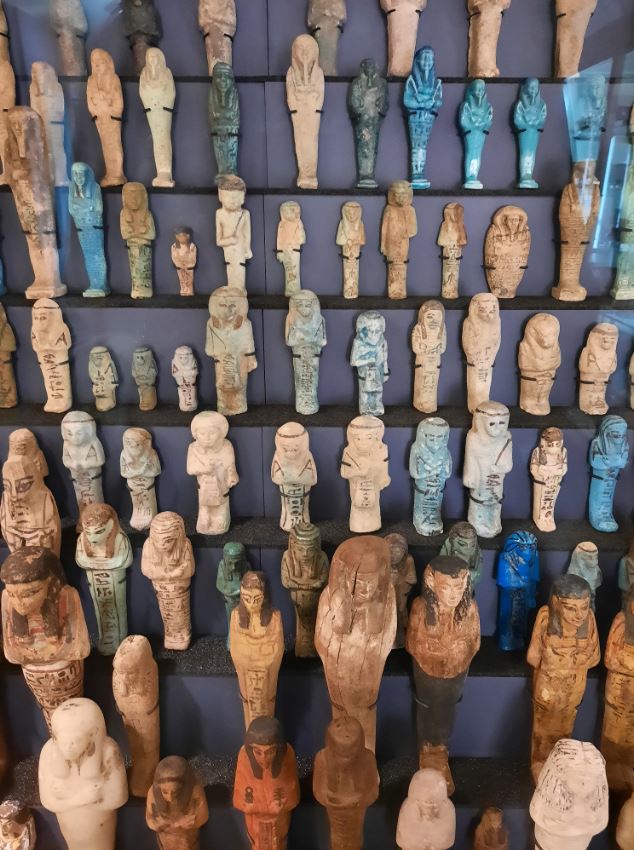
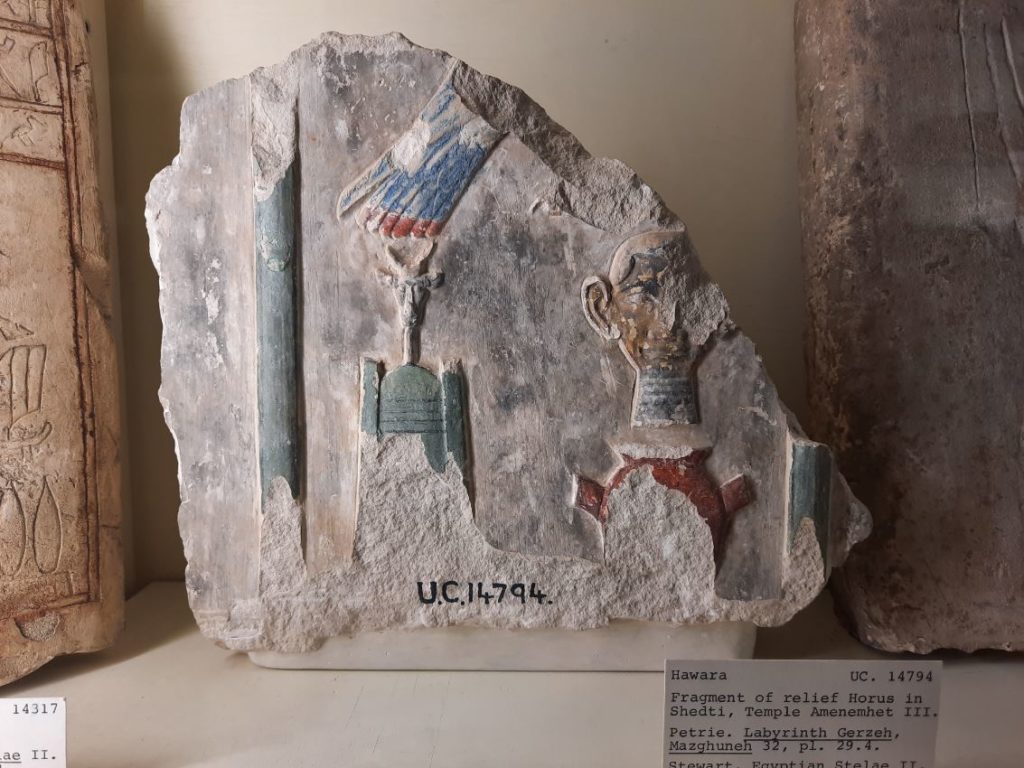
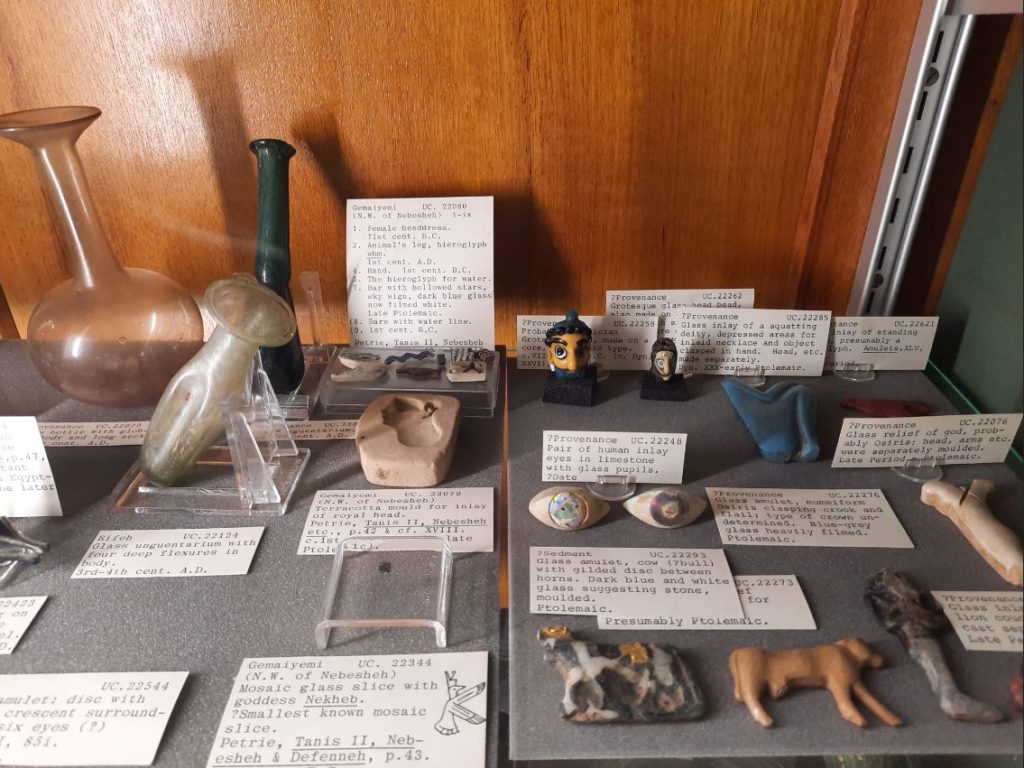
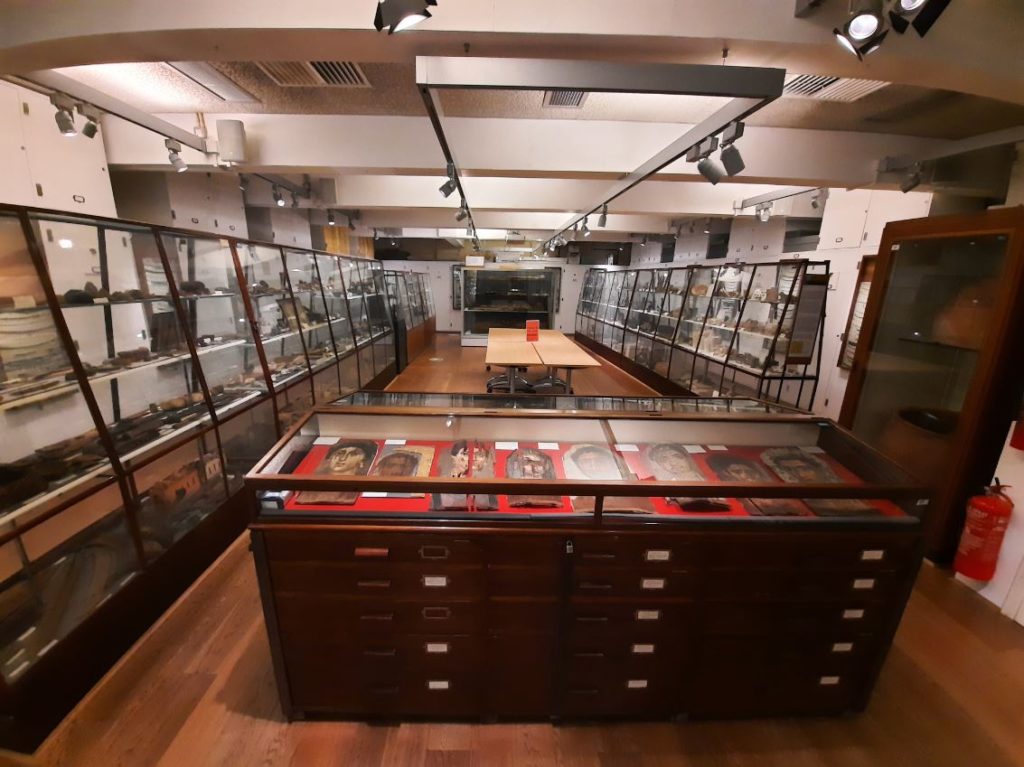
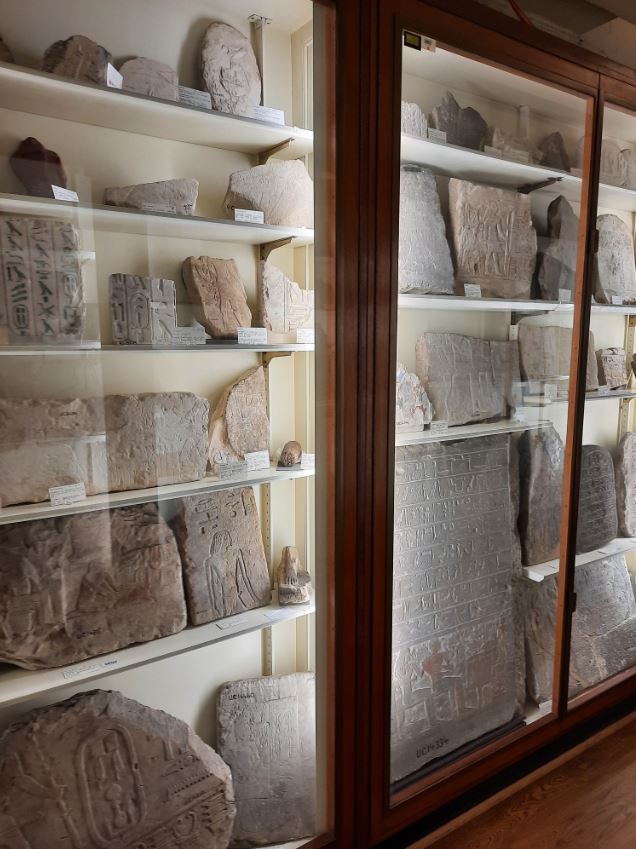
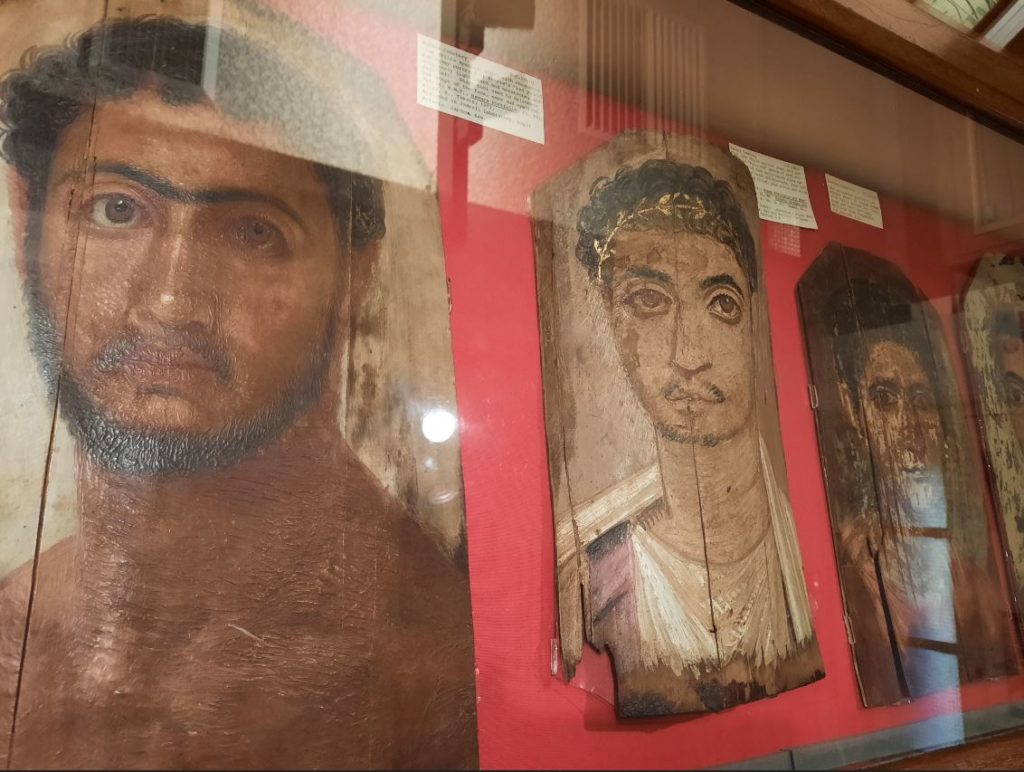
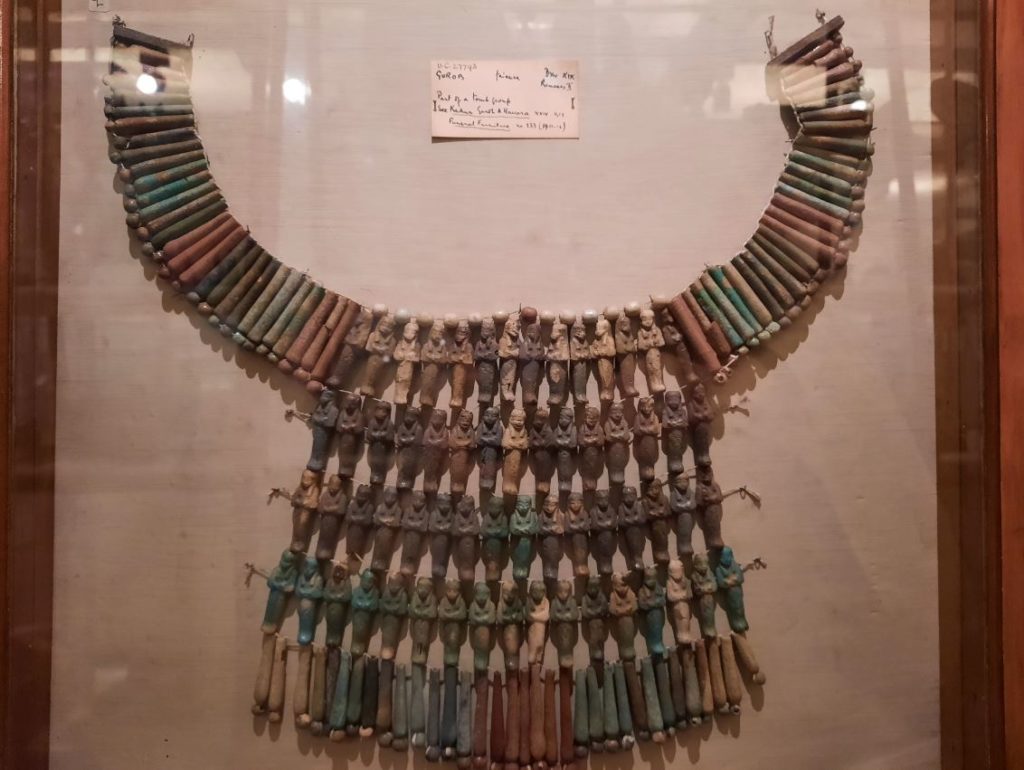
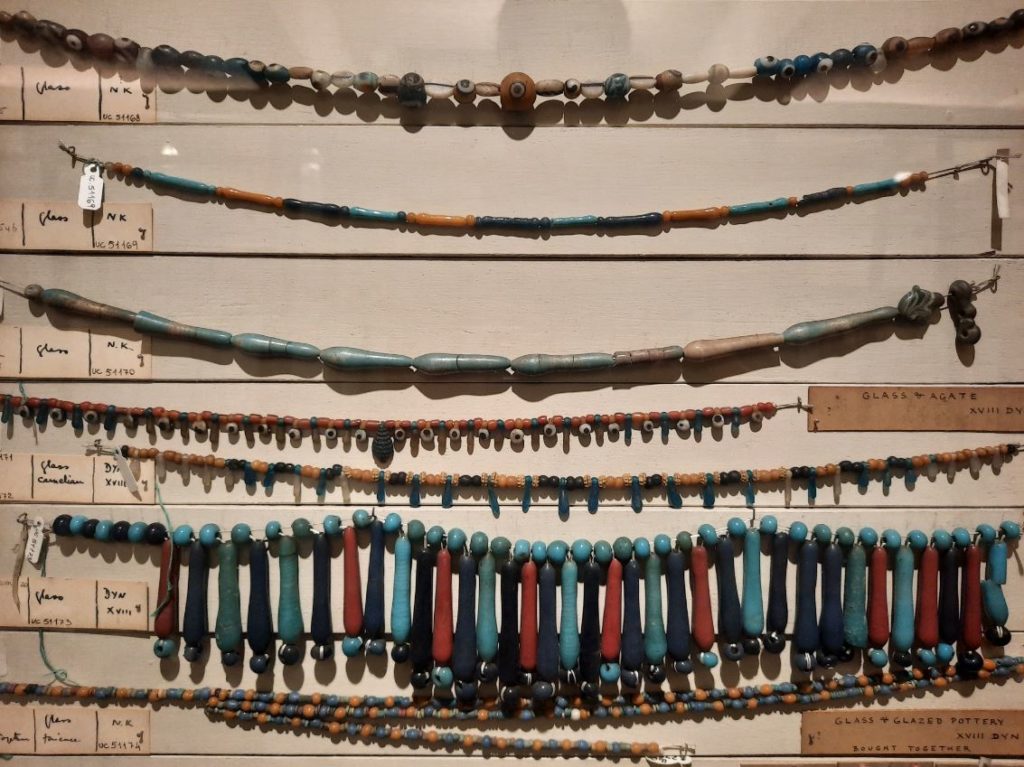
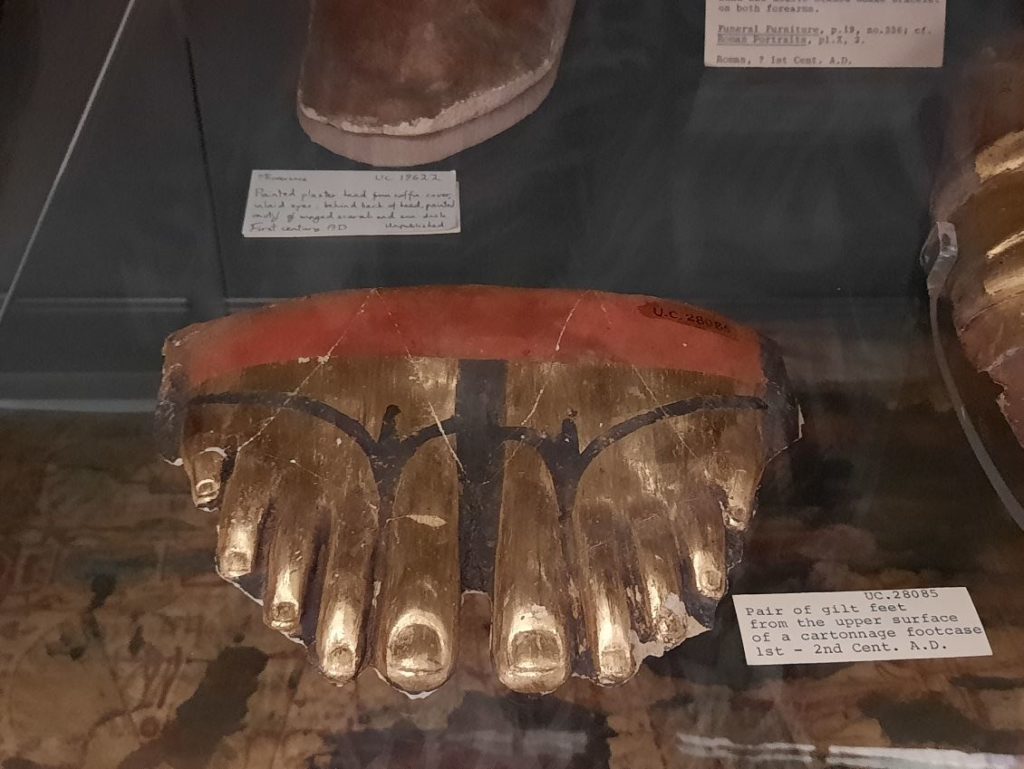
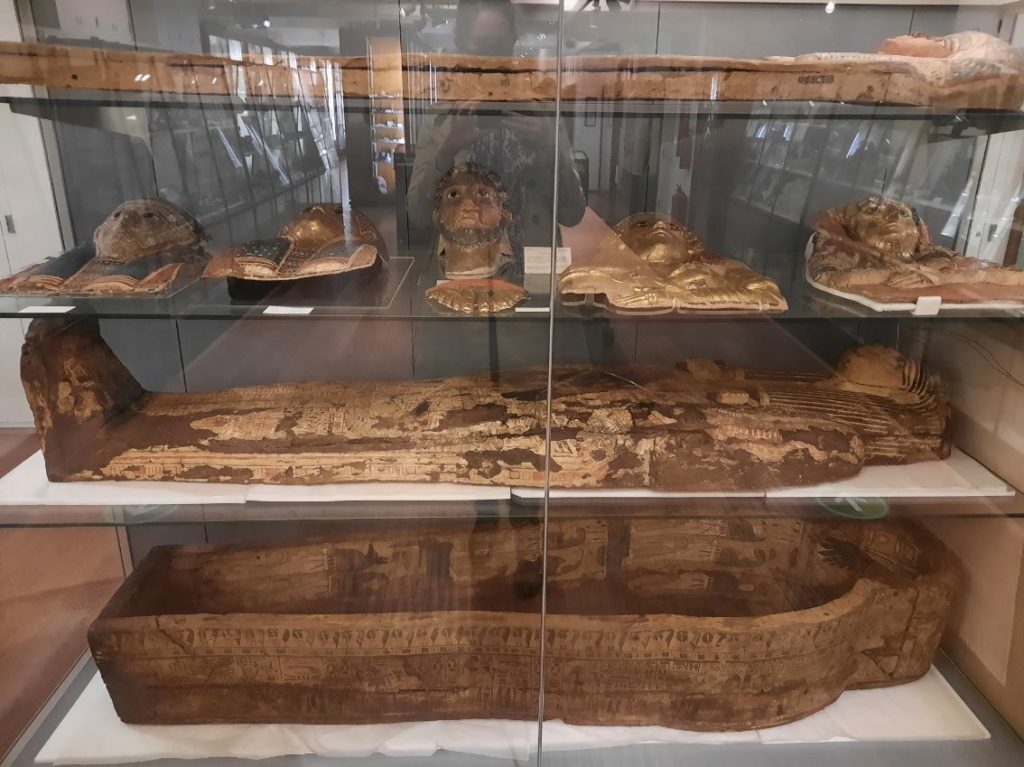
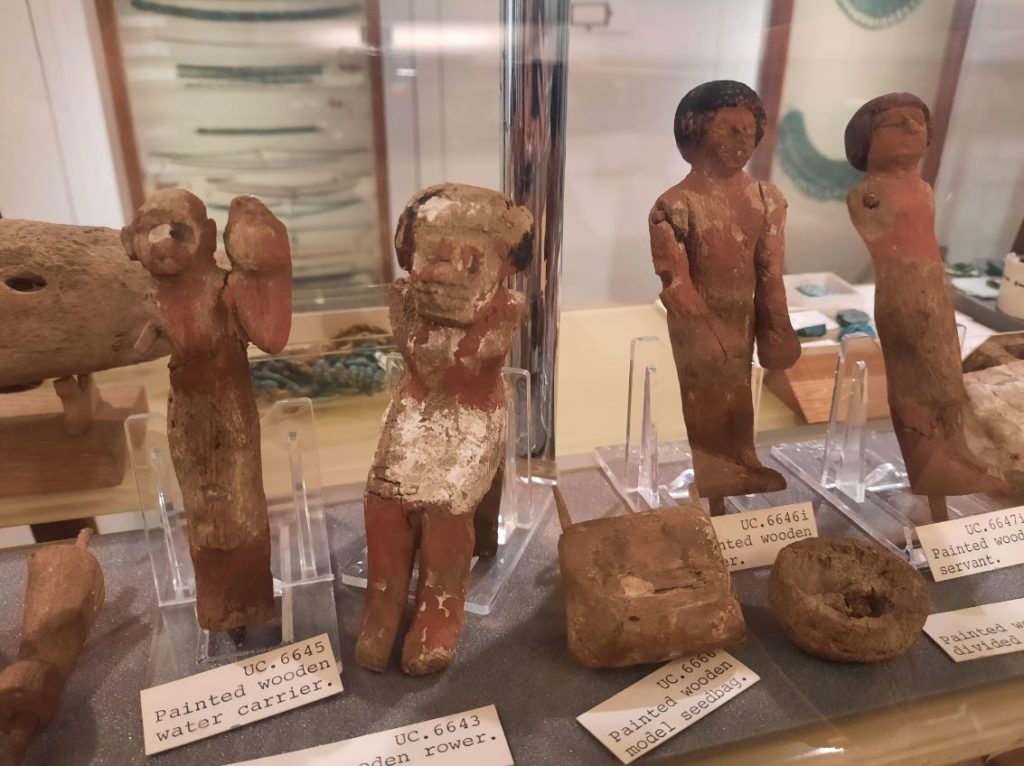
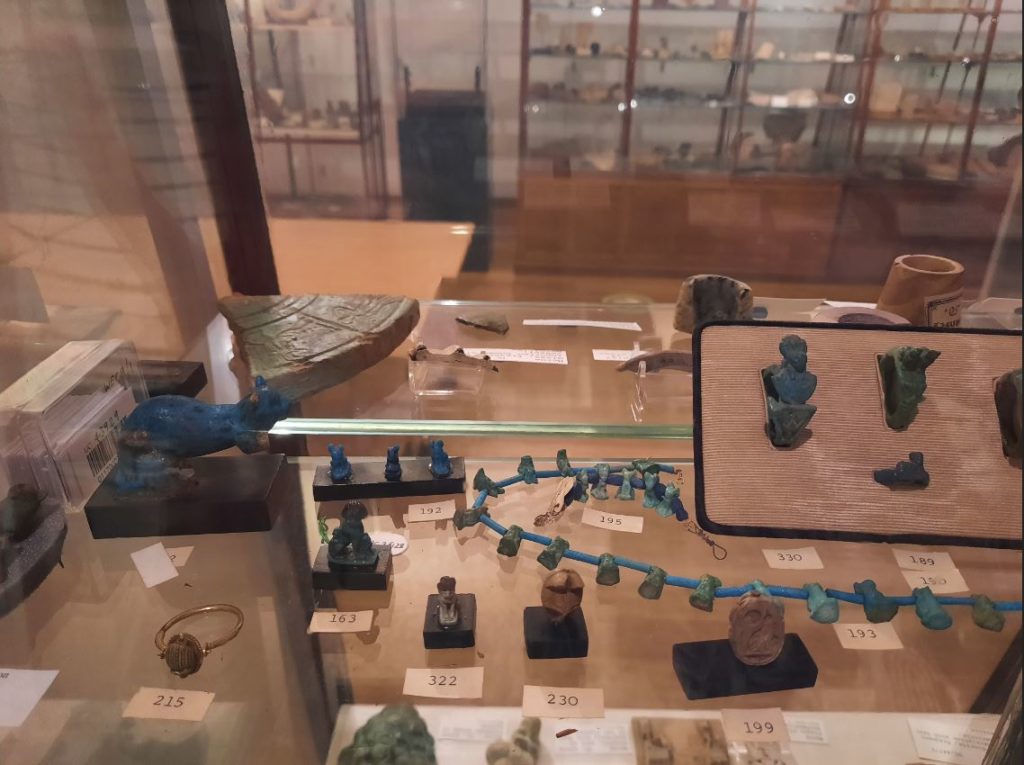
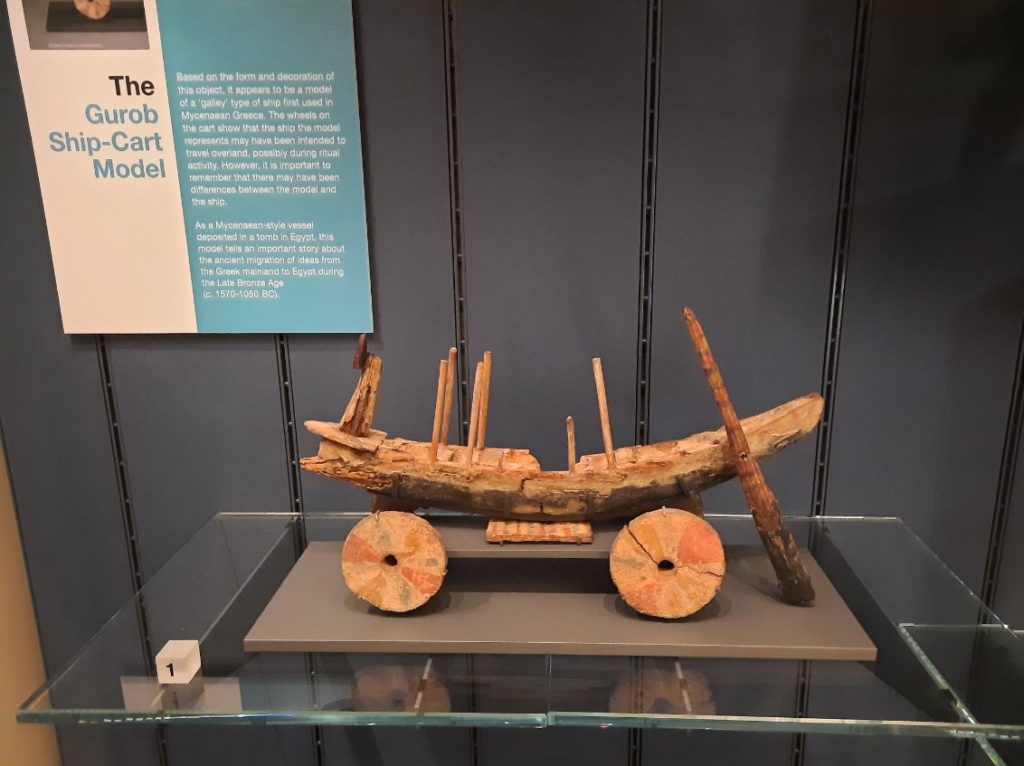
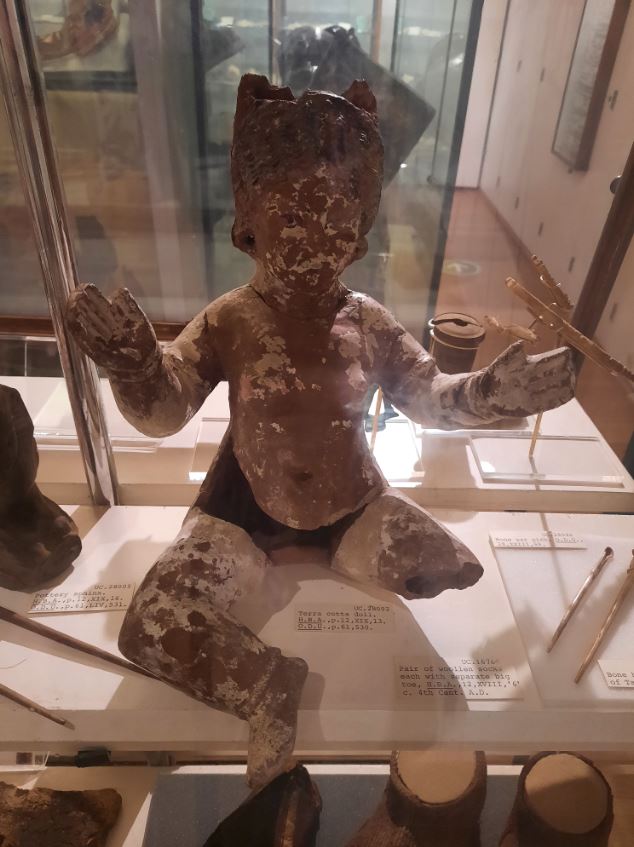
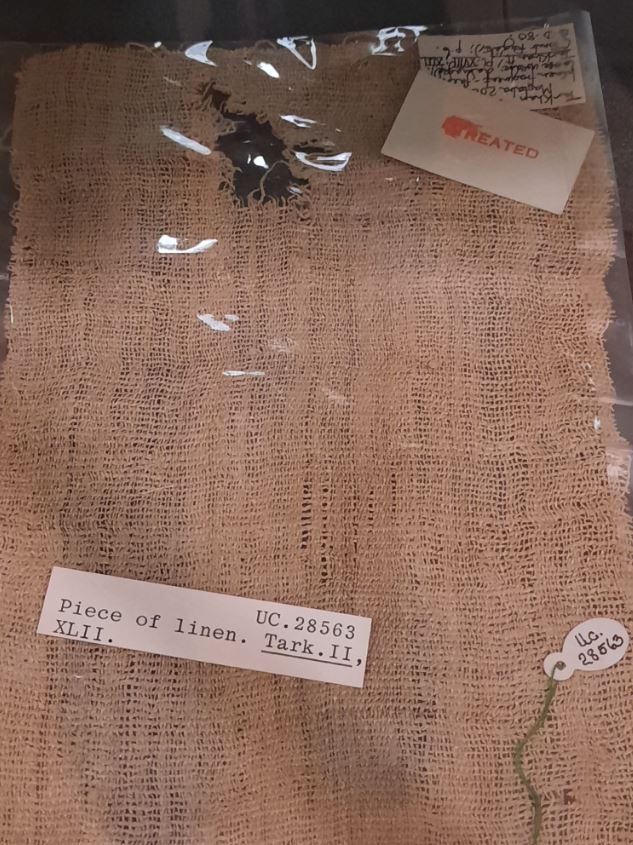
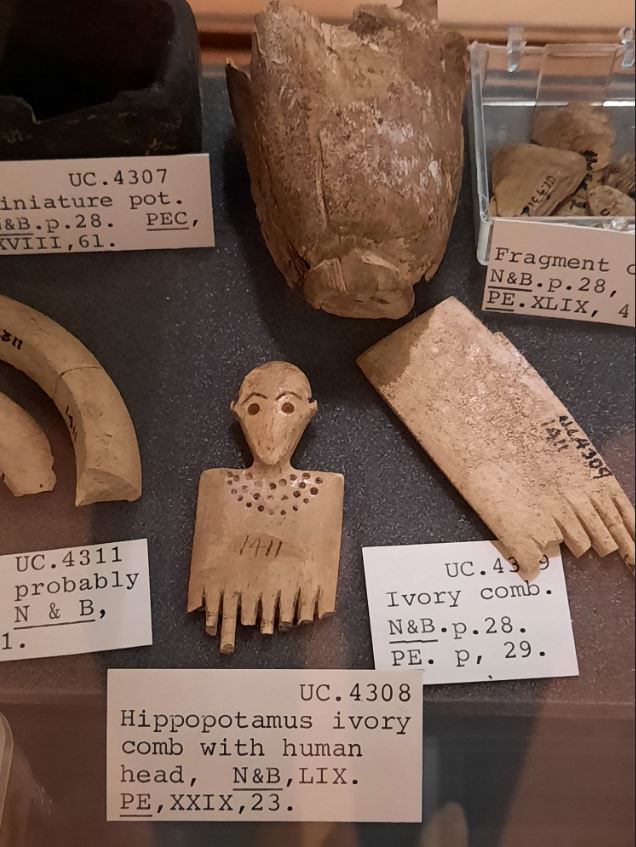
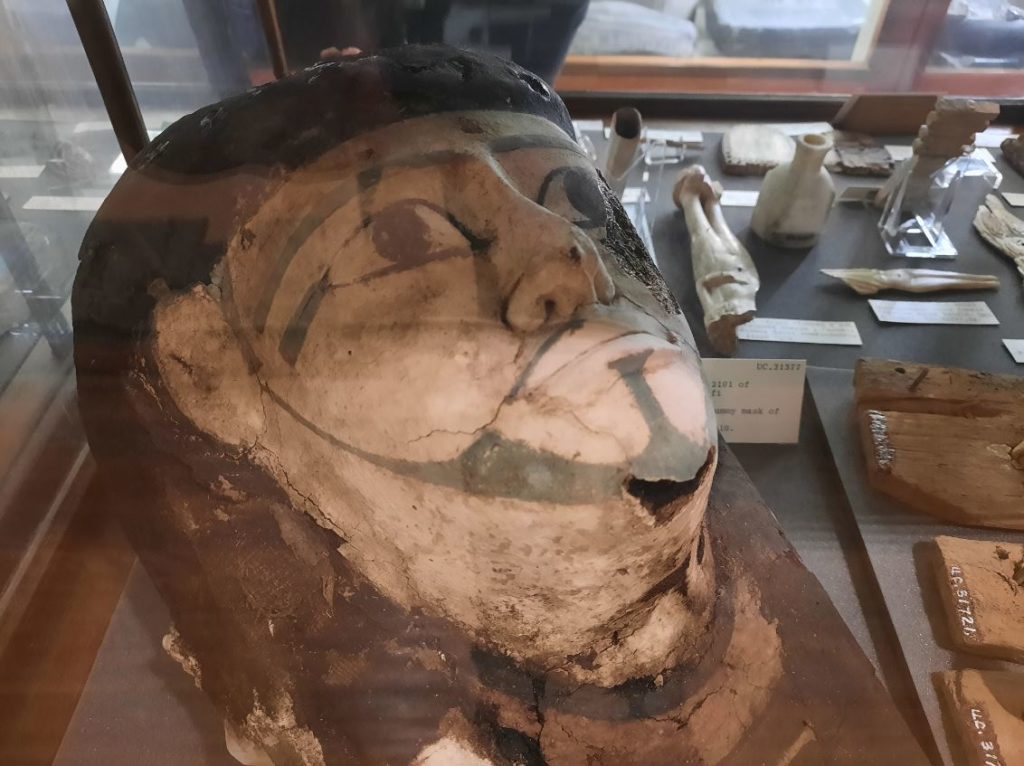
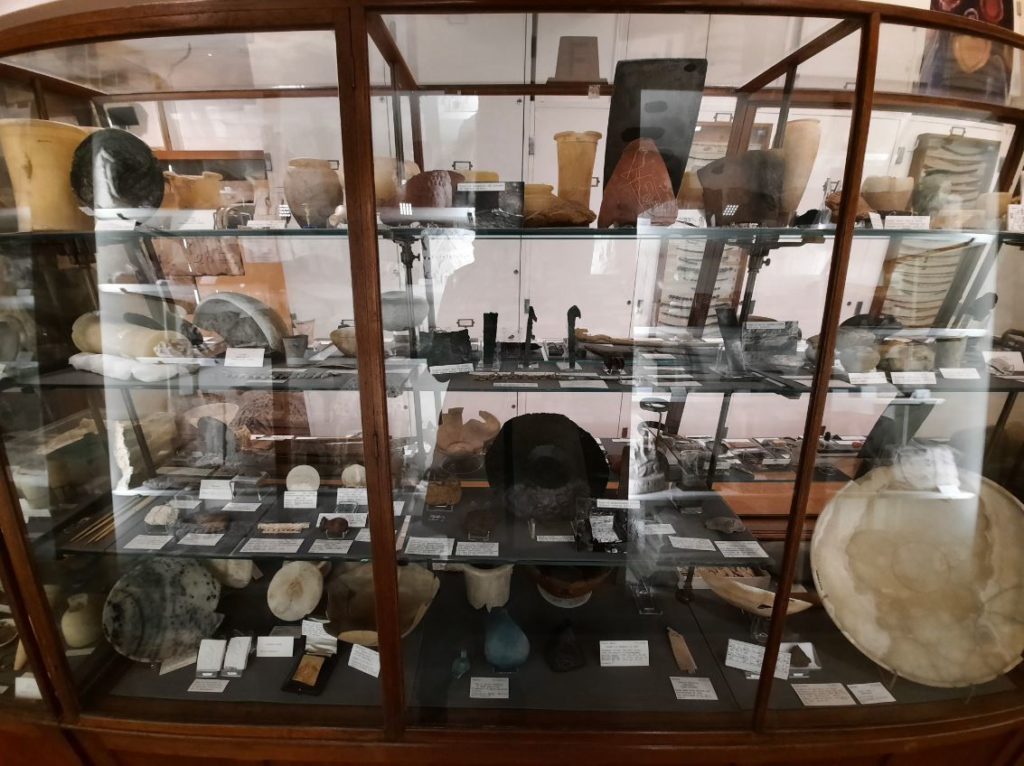
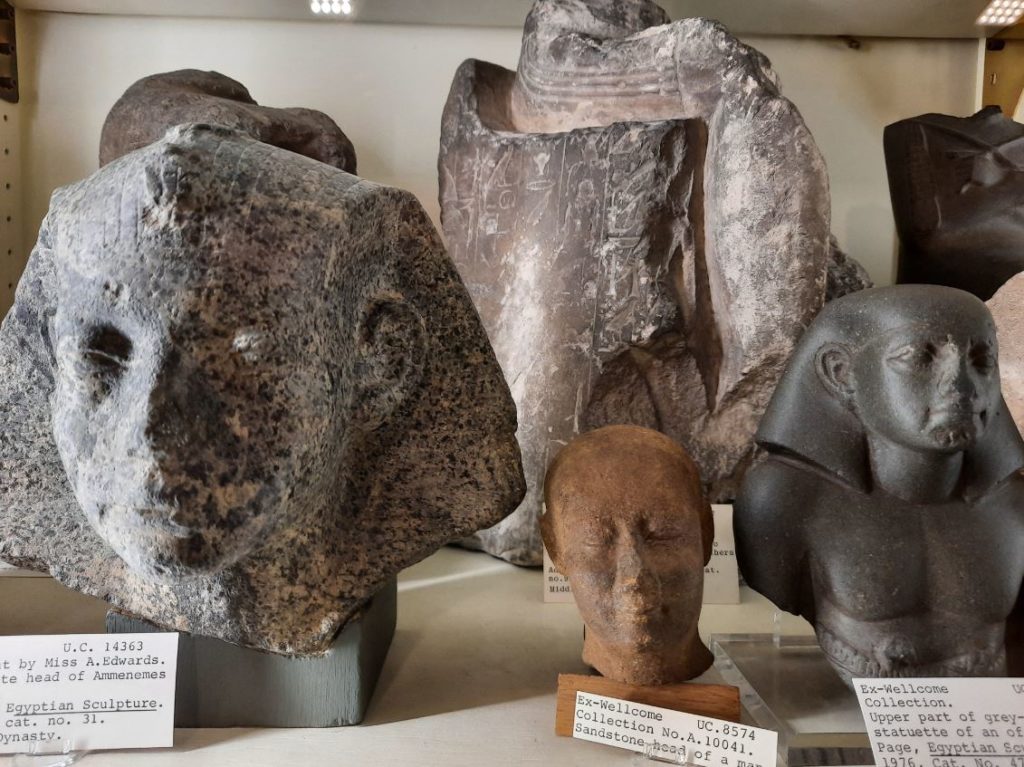
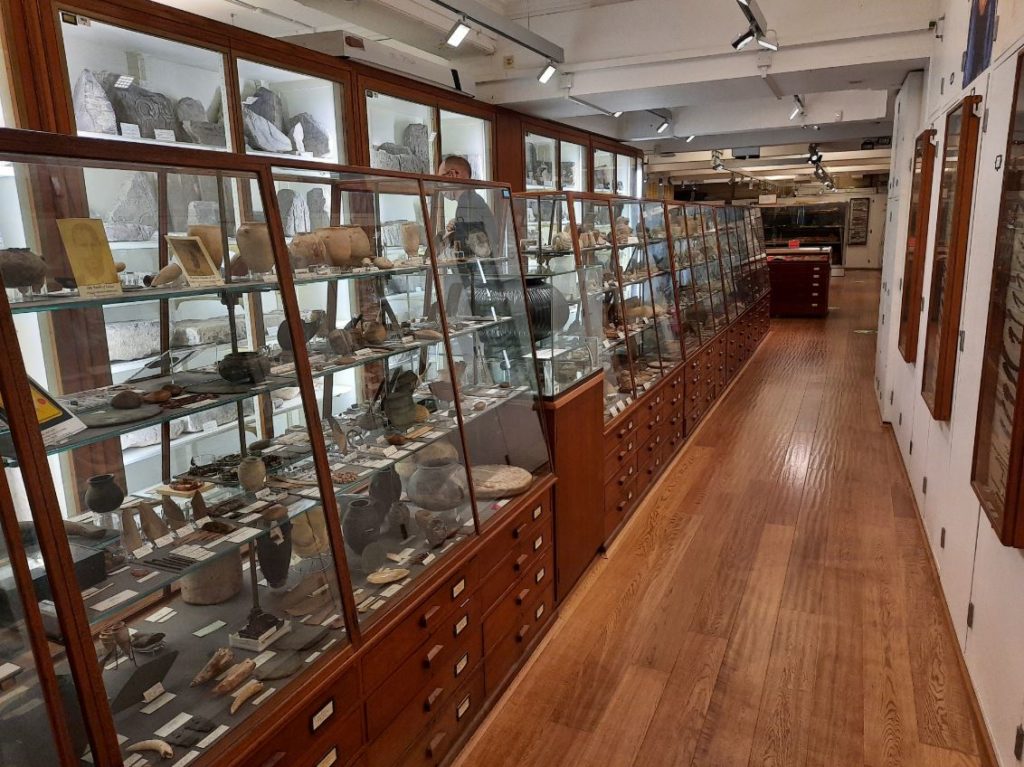
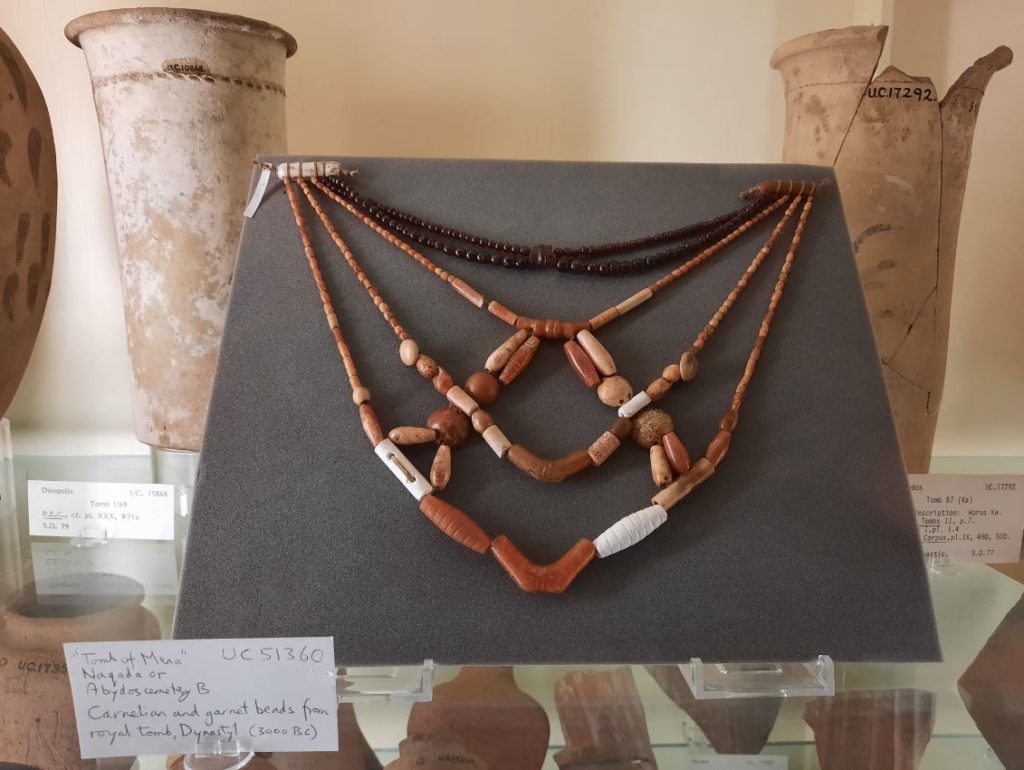
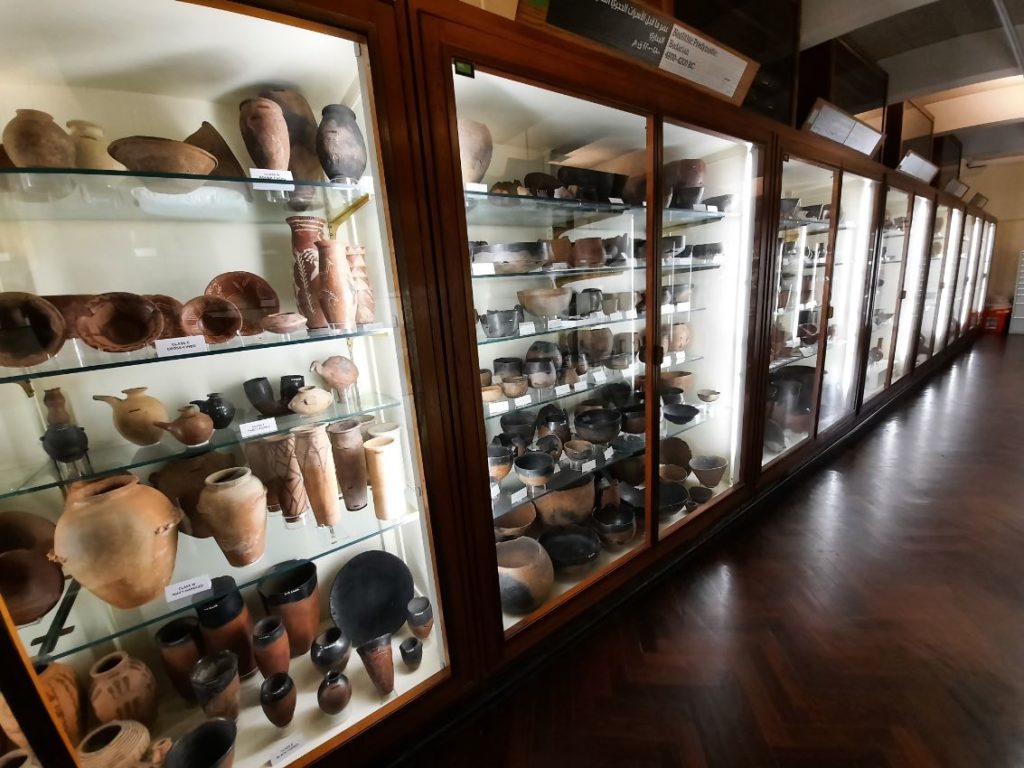
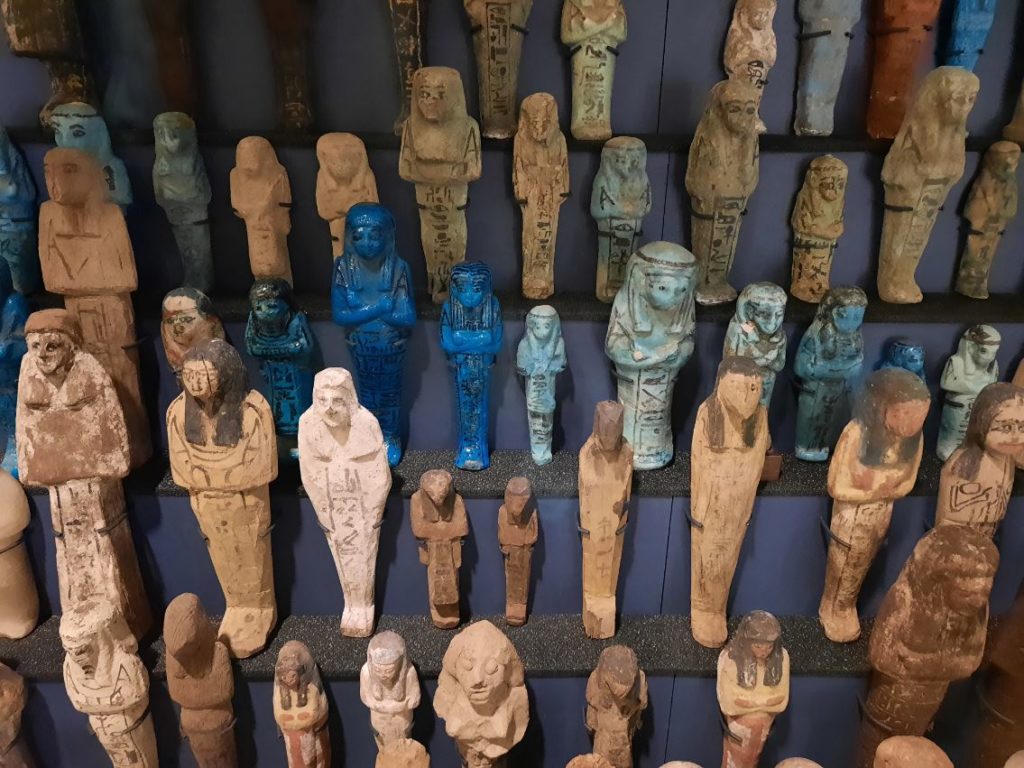
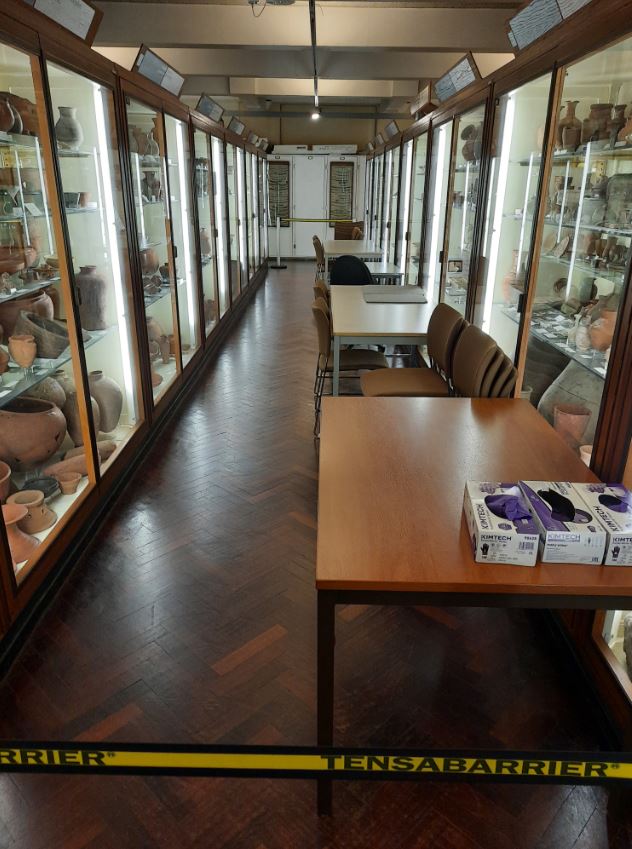
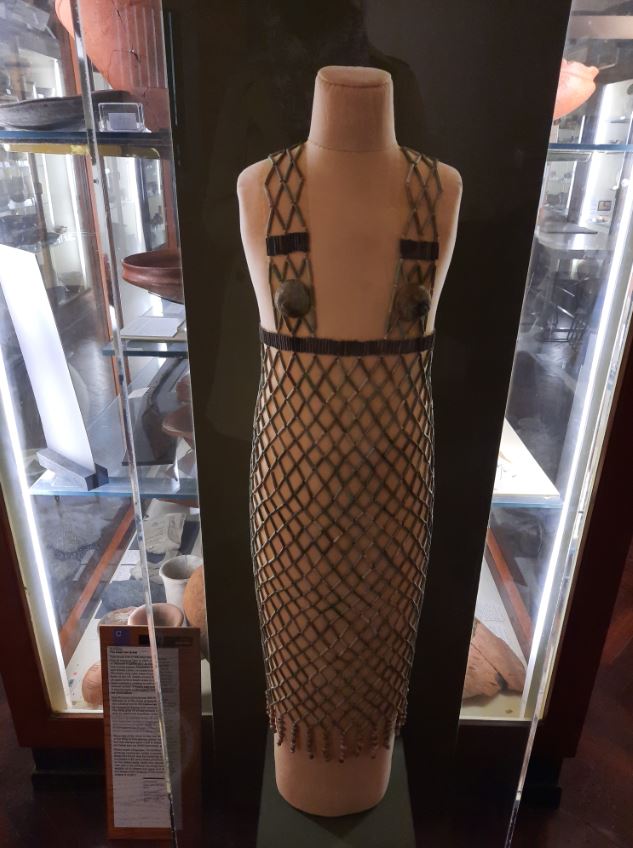
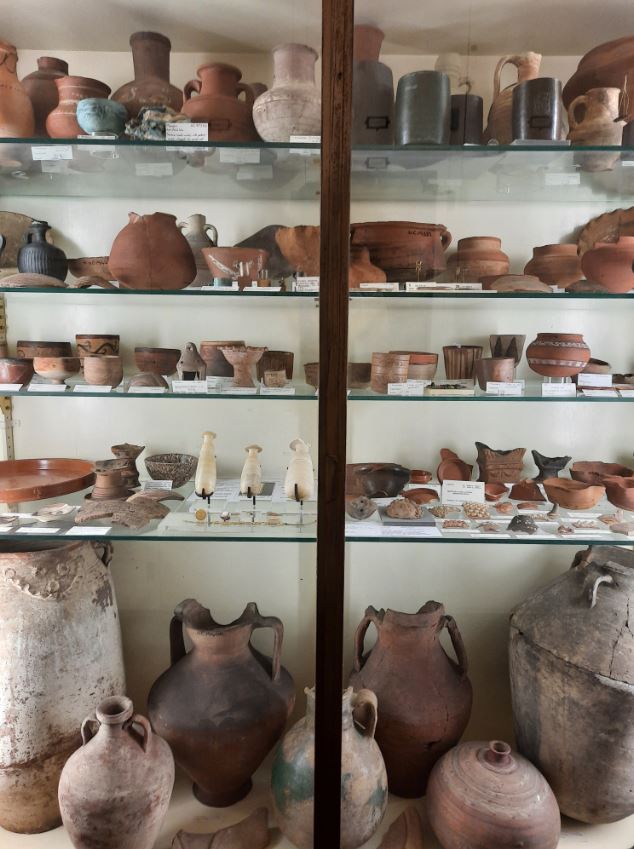
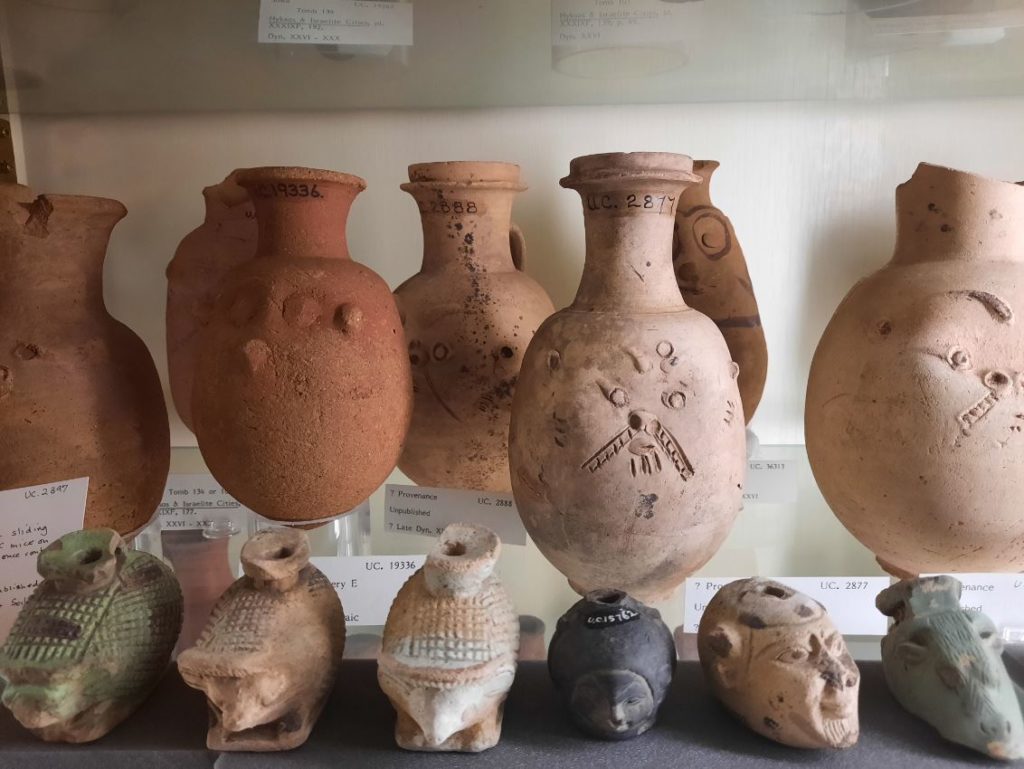
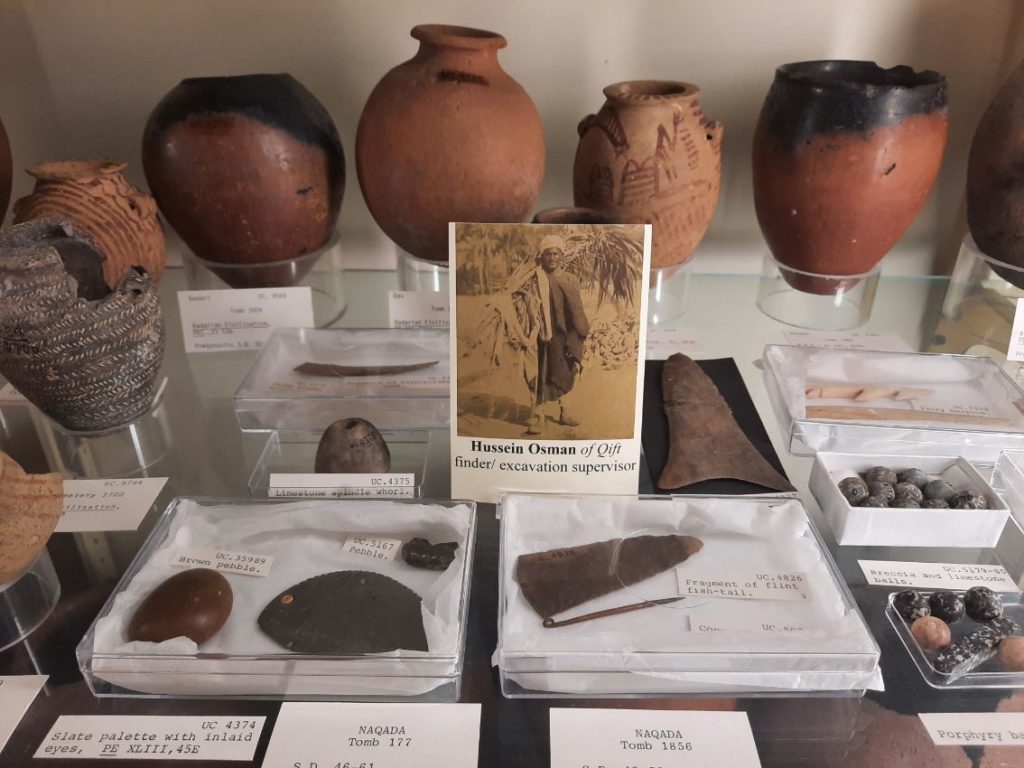
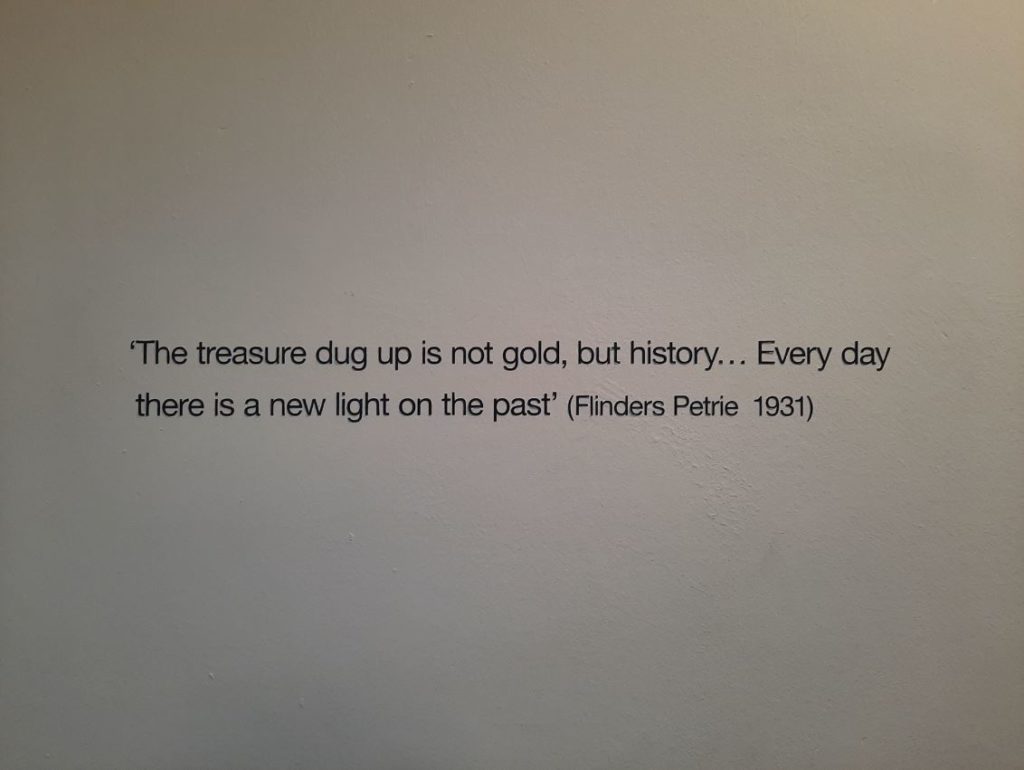
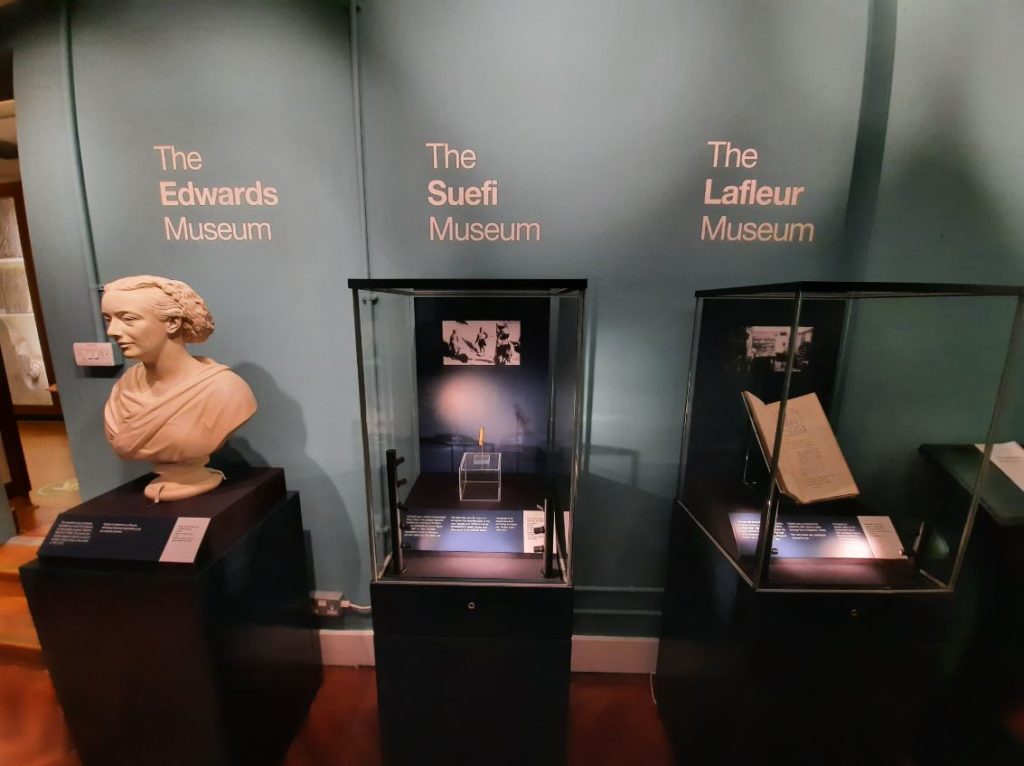
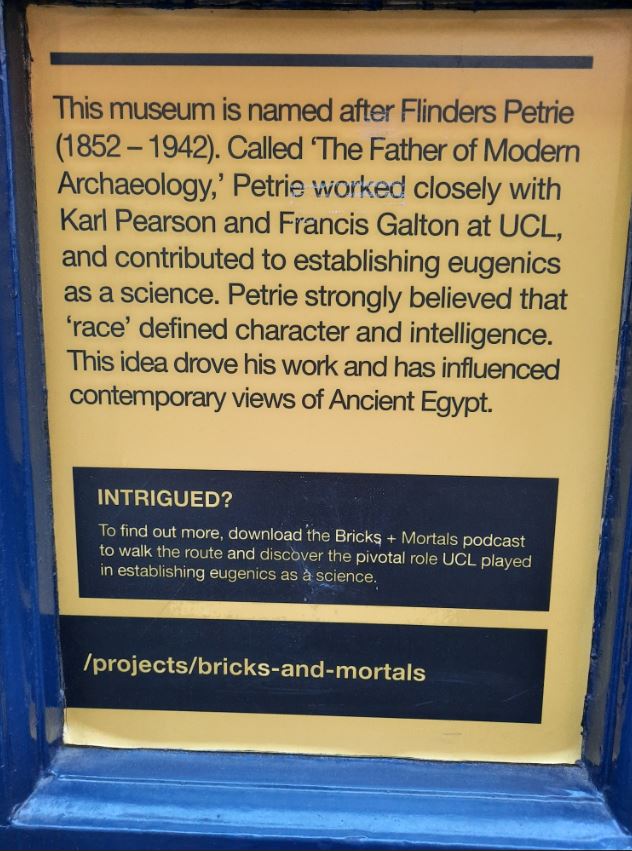
2 thoughts on “The Covid Diaries 53: Petrie Museum of Egyptian Archaeology”